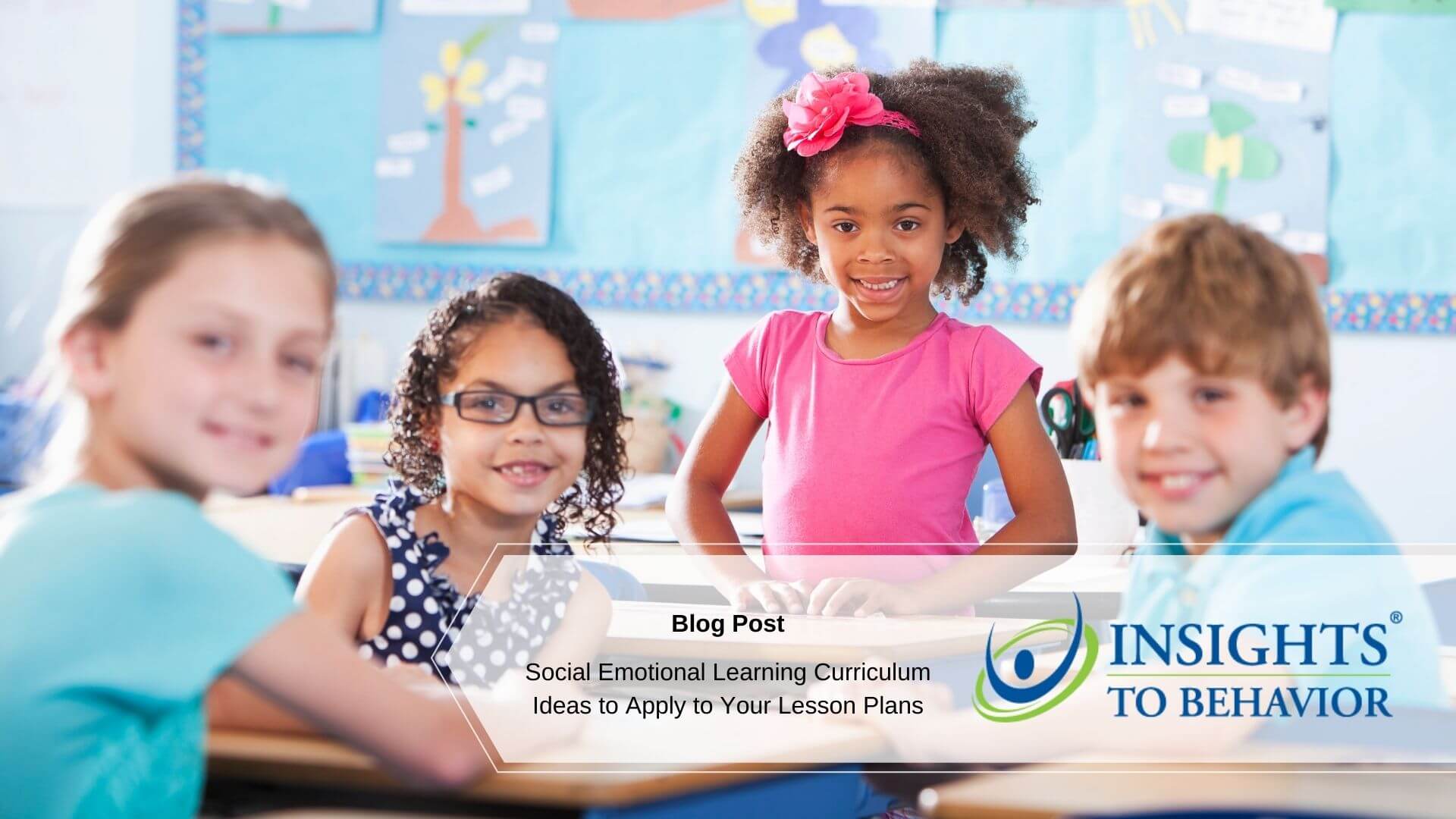Teachers are the ultimate jugglers.
Lesson planning, grading, and learning the unique rhythms of your students is only the beginning. You’re also expected to maintain order while creating an inclusive and equitable classroom.
Wouldn’t it be nice if there was a tactic or method that accomplished all these responsibilities?
Implementing a social emotional learning curriculum into your teaching is a great place to start. It might not help with grading or lesson planning, but it can foster positive relations with students. It may even mitigate disruptions and decrease negative behaviors.
Keep reading to learn more about social emotional learning and how to use it in your lesson plans.
What Is Social Emotional Learning?
Social emotional learning (SEL) is a methodology that focuses on helping students connect with their emotions. Through this curriculum, students learn to identify their emotions and fully experience them. As a result, they empathize easier with others, make responsible decisions, and build meaningful relationships.
The SEL teaching modality includes five core competencies:
- Management of self
- Self-awareness
- Social awareness
- People skills and relationship development
- Responsible decision-making skills
These principles are applicable at school as well as at home and within a community.
History of SEL
SEL is not a new concept. The idea of an inclusive and equitable classroom dates back to ancient Rome. Yet, the modern social emotional learning curriculum wasn’t developed until the 1960s.
Back then, it was known as The Comer Process and focused on promoting the academic scores of underprivileged youth. Its founder James Comer believed that a child’s psychology had a significant impact on both their social and academic success. It turns out he was right.
Social emotional learning curriculum has proven successful time and again. One study showed schools utilizing social emotional learning experienced an 11 percent increase in achievement. Students also displayed improved behavior, attitude, and social skills.
How to Implement a Social Emotional Learning Curriculum
The most direct way of incorporating SEL is through teaching lessons specifically geared towards the five core competencies. However, there are also little tactics teachers can employ to reinforce and incorporate SEL into their daily lessons.
1. Create a Caring Environment
Even though you see your students every day, each time they enter your class is a new beginning. You don’t know what happened after school the day before, at home, or even at lunch. Instead of assuming they will feel at home in your room, treat each interaction as a new experience.
Greet your students at the door. This is one of the most basic and effective principles both for behavior management as well as creating a welcoming atmosphere. Also, take this opportunity to do quick check-ins with your students to help you gauge their emotional well-being.
2. Promote an Inclusive and Equitable Classroom
Having kids work in groups is a great way to foster their interpersonal skills and create connections. However, many kids don’t know how to work well together. This is where a little forethought will come in handy.
Be intentional not only about how you group your kids but also about the desired results. What is the common goal they are working to achieve? A rubric outlining how the group will be graded is a good way to reinforce those expectations.
For more ideas on how to create an inclusive classroom, check out these training workshops. With over 60 hours of behavior management material, they are perfect for all K-12 teachers.
3. Focus on Empowerment
Giving students responsibilities is a simple SEL tactic that helps them feel respected and empowered.
Hold regular class meetings for students to talk about how they think they are progressing as a group. What issues have they noticed, and how can they work together to solve them? Are there any class rules or guidelines that aren’t working, and why?
Another way to provide students with a sense of autonomy is to have them set personal goals and monitor their progress. Not only will it teach them accountability, but they will realize those small goals add up to create impressive results.
4. Practice Modeling Behaviors
Own up to your mistakes. Discuss moments of hesitation or confusion. Apologize.
In other words, be willing to show your students that you are human and that it’s ok to feel human. Practicing these behaviors will help spark deep and insightful discussions. It will also reinforce their sense of empowerment by providing them with an opportunity to help you.
5. Create a Quiet Corner
No matter what age group you’re working with, having a comfortable, quiet space is a great SEL tool. It gives students the option to remove themselves from stressful or anxiety-provoking situations. It also creates a safe space for them to calm down and practice self-reflection.
Creating safe environments like these doesn’t stop with the teachers. It is also the responsibility of special education directors, school psychologists, and behavior interventionists.
6. Utilize Creative Expression
Allow students to connect with their emotional side through the use of creative outlets. Set aside time for reflective journaling. Play a powerful piece of music and ask students to draw or paint what they feel.
Creativity is a great way to make lessons more impactful, even those without an emotional undertone. One California science teacher asked her students to explain photosynthesis by creating an interpretive dance. Another teacher asked his students to use their geometry skills to create functional kites.
Bring SEL to Your School
Utilizing SEL techniques will create positive emotional, social, and academic changes in your classroom. This will not only make your job easier, but it will also provide your students with invaluable skills that will continue to serve them for the rest of their lives.
Implementing a social emotional learning curriculum is just the beginning. Schools also need legally-defensible behavior intervention plans to support their students. Learn more about Insights to Behavior to discover how you can create a behavior intervention plan in under an hour.



